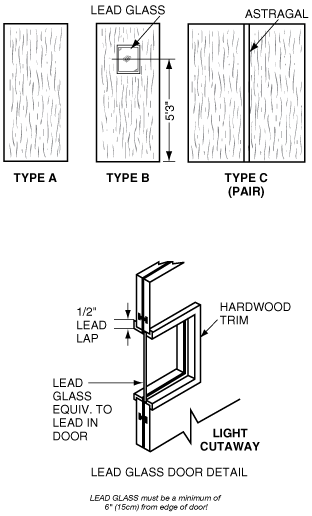Time
Decreasing the amount of time you are exposed to medical radiation will automatically decrease your dose, if all other factors are the same. This means thorough pre-procedure planning to increase efficiency and streamline the workflow during the procedure, intimate knowledge of the devices and/or radioactive materials used during the exam, and a healthy respect for the power of radiation beams that you can't see.
Distance
When you increase your distance from the radiation source, your amount of radiation exposure is reduced by a square of the distance. For instance, if you move 2 feet away, your exposure level decreases by a factor of 22, or 4. While there are practical limits to how much distance you can put between yourself and the radiation source, even a small increase can be beneficial. The Inverse Square Principle makes distance one of the best safeguards in reducing dose. Even one step back from the imaging field can have a profound effect on reducing exposure from scatter.
Shielding
The appropriate material for adequate shielding from radiation depends on the type of radiation being used. For many medical imaging procedures, such as X-rays and CT scans, lead shielding is used. This can be lead aprons worn by radiological technologists and radiologists, or lead aprons draped from the procedure table to act as a barrier between the radiation source and the healthcare provider. Some people prefer not to use the recommended shielding protocols because shielding equipment can be inconvenient, bulky, uncomfortable, and time-consuming to put on and take off. For instance, lead aprons and thyroid shields can get heavy and cause strain when worn for long periods of time, and goggles can be difficult to get used to. However, these measures are critical for safe radiation use, and many are mandated by regulatory authorities. In addition, one should always wear a monitor badge and follow institutional guidelines for having it read. Never take shortcuts when it comes to radiation safety.


